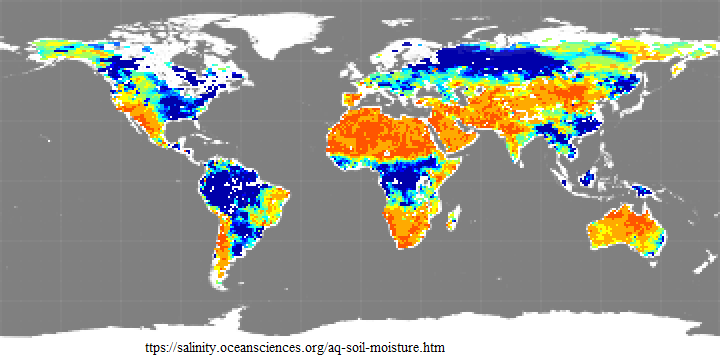The Prevailing Saline Composition in Some Soils of the Southwestern Regions of Libya
DOI:
https://doi.org/10.63318/waujpasv3i2_09Keywords:
Predominant salts, Soluble salts, Chemical analysis of soil, Salt compositionAbstract
The study was conducted in the southwestern region of Libya. Five soil profiles were selected from the salinity-affected area: Wanzerik and Ashkada in Wadi Al-Shati, Al-Jadid in Sabha, and Al-Hamra and Bint Bay in Wadi Al-Hayat. Twenty samples were collected, four samples from each profile according to the pedological change of the soil. After conducting chemical analyses of the samples, the average quality of the dominant salts in the soil profile was determined according to Al-Zubaidi's method, by linking the different ions that make up the salts with each other so that the least soluble salt dominates first, then the most soluble, in order (carbonate salts, bicarbonates, sulfates, chlorides, and finally nitrate salts) respectively. The results showed that the soil of the region contains high concentrations of salinity reaching (22.62 dS/m) at a depth of 20-45 cm in the Bint Bayah area, and that the saline composition of the salts prevailing in the soil of the region in general, sodium chloride salts, which are characterized by their high solubility, were the most widespread in all the soil of the region, especially the Bint Bayah and Wanzarik soils, which are (66.69-63.16 mmEq/L), respectively, followed by calcium bicarbonate salts, which are less soluble in water, the highest percentage was in the Bint Bayah soil, where it reached 32.10 mmEq/L. As for the medium-soluble calcium sulfate salts, the highest percentage was in the Wanzarik and Bint Bayah soils, which were (31.3-24.52 mmEq/L), respectively. And the medium-soluble magnesium sulfate salts. The highest percentage was in the soil of Bint Bayh and the soil of Wanzariq, reaching (32.79-13.38 milliequivalents/liter), respectively. As for the remaining salts in the soil, they may be present in small or non-existent percentages in the soil of the region. The results of this research can be relied upon in making decisions related to agricultural planning in the study area, as well as future land reclamation projects in southwestern Libya.
Downloads

Downloads
Published
Issue
Section
License

This work is licensed under a Creative Commons Attribution-NonCommercial 4.0 International License.
This journal uses Creative Commons Attribution-Noncommerical 4.0 International License (CC BY-NC 4.0), which permits use, sharing, adaptation, distribution and reproduction in any medium or format, as long as you give appropriate credit to the original author(s) and the source, provide a link to the Creative Commons license, and indicate if changes were made. To view a copy of this license, visit https://creativecommons.org/licenses/by-nc/4.0/.
Copyright of articles
Authors retain copyright of their articles published in this journal.




